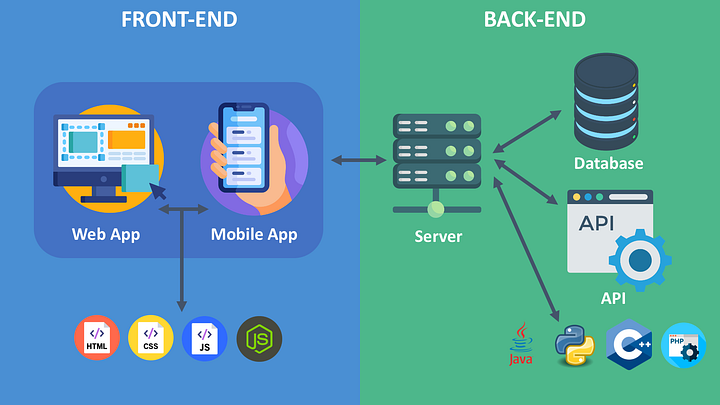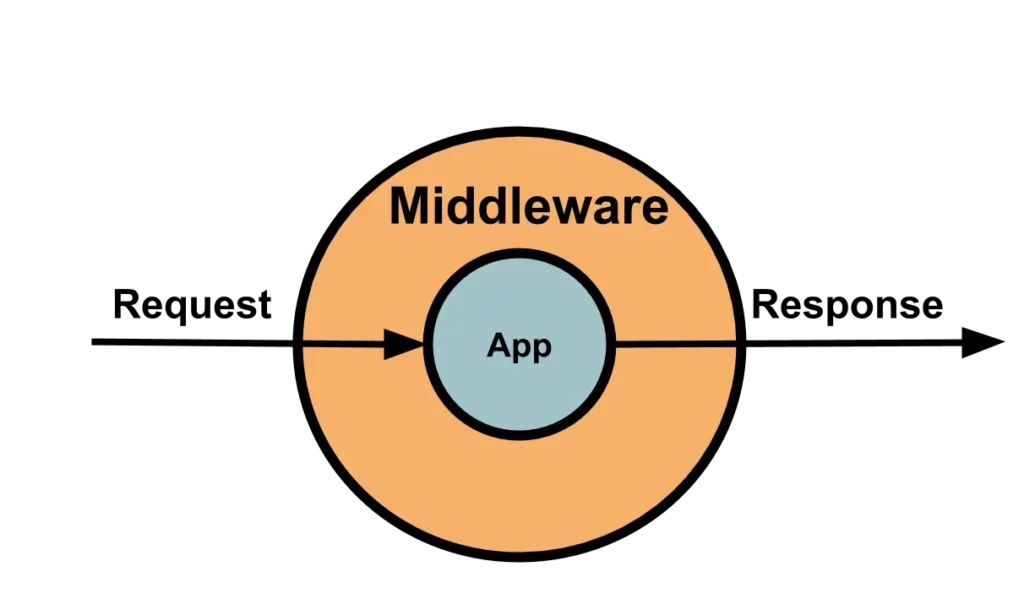
In today’s digital landscape, where dynamic, responsive, and highly interactive web applications are the norm, connecting the frontend to the backend effectively is key. REST APIs (Representational State Transfer APIs) have become one of the most popular ways to bridge this gap, allowing seamless data flow between user interfaces and servers. This post covers how REST APIs function as a backbone in web application development, why they are essential, and how to build them with tools like Express.js.
What is a REST API?
REST APIs provide a way for the frontend (user-facing) part of an application to communicate with the backend (server-side) using HTTP requests. These APIs follow a stateless protocol where each request from a client (such as the frontend) to the server (backend) must contain all the information necessary for the server to fulfill the request.
The RESTful approach typically uses HTTP methods like GET, POST, PUT, and DELETE to retrieve, create, update, and delete data, respectively. This architecture ensures a flexible, lightweight, and scalable communication pattern across applications, making it an ideal choice for connecting different parts of a web application.
Building REST APIs with Express.js
Express.js, a popular Node.js framework, is commonly used for building REST APIs due to its simplicity and extensibility. With Express, developers can quickly set up a server and create custom routes to handle various HTTP methods. If you’re new to this framework, take a look at this Introduction to Express.js for Building APIs, which guides you through setting up a REST API in Express.js.

Using Middleware in Express.js
Middleware functions in Express.js add functionality to request and response objects in a REST API. Middleware can be used for tasks like logging, authentication, and error handling, enhancing both the performance and security of the application. For more advanced customization, you can explore this resource on Mastering Middleware: Enhancing Express.js Applications with Custom Functions, which dives into custom middleware techniques for more robust REST APIs.
One of the advantages of using middleware in RESTful architecture is that it enables developers to streamline complex functionalities. As a well-known quote by software developer and author John Resig puts it, “Middleware is the glue that binds requests and responses, giving REST APIs the resilience they need to support modern applications.”
“Middleware is the glue that binds requests and responses, giving REST APIs the resilience they need to support modern applications.”

Exploring Alternatives: REST vs. GraphQL
While REST APIs are highly popular, they are not the only option for connecting the frontend to the backend. GraphQL, a query language developed by Facebook, serves as a powerful alternative to REST. Unlike REST, which has fixed endpoints for each action, GraphQL allows clients to request precisely the data they need in a single query, reducing the number of API calls and minimizing data over-fetching.
If you’re interested in learning more about GraphQL and how it compares to REST, check out this Introduction to GraphQL: A Powerful Alternative to REST, which covers its unique features and advantages.
Benefits of REST APIs for Frontend-Backend Integration
- Scalability: REST APIs allow developers to handle large numbers of requests efficiently, ensuring that applications can scale with user demand.
- Platform Independence: REST APIs work over HTTP, making them platform-agnostic and accessible on any system with internet connectivity.
- Statelessness: REST’s stateless nature ensures a simple, flexible approach to communication, requiring less server-side memory to maintain session information.
- Flexibility and Modularity: With clear endpoints for CRUD operations, REST APIs offer flexible integration with various frontend technologies, whether React, Angular, or Vue.js.
Conclusion
REST APIs provide a powerful way to connect frontend and backend systems, ensuring smooth data flow and enhancing the overall functionality of web applications. By leveraging frameworks like Express.js, developers can build, customize, and optimize REST APIs, integrating essential features like middleware for better control over HTTP requests and responses. Although GraphQL offers an alternative approach, REST APIs remain a robust solution for many applications, offering simplicity and compatibility with various frontend frameworks.
Whether you are building your first REST API or exploring alternatives, keep in mind that backend connectivity is about more than just functionality—it’s about creating a seamless experience for the user.









